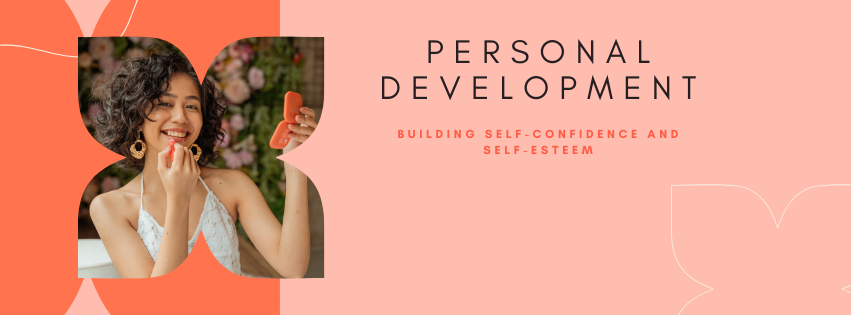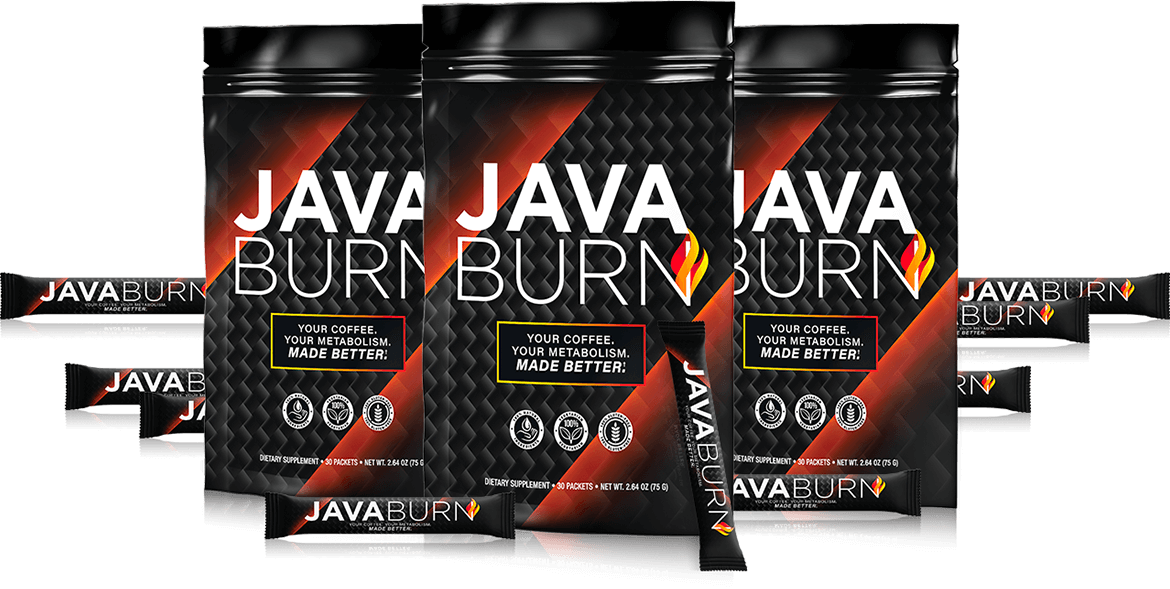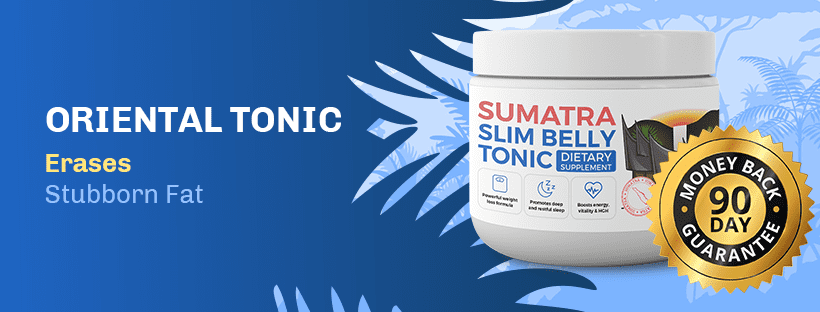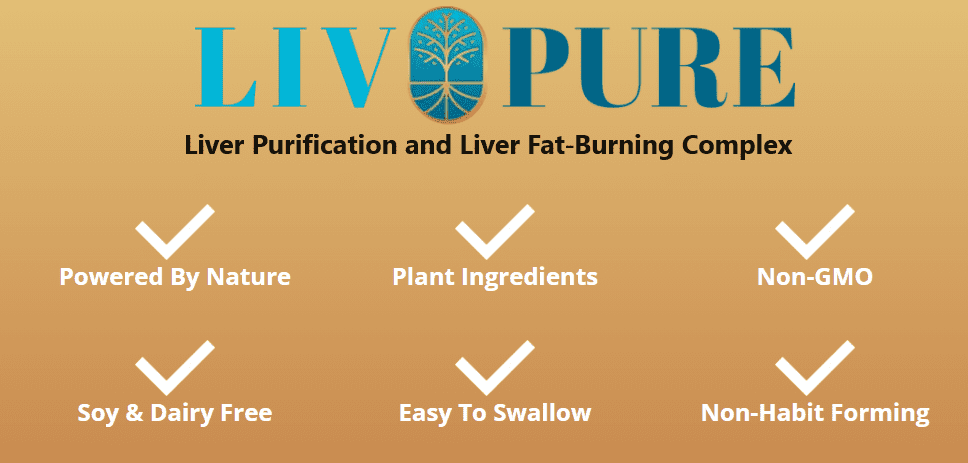In the dynamic world of bowling, the selection of the right coverstock stands as a paramount decision, capable of either propelling you to victory or leaving you in the dust. Coverstocks, often described as the outer soul of a bowling ball, wield a commanding influence over its behavior on the lane. They dictate how the ball will respond to the intricate intricacies of oil patterns, friction, and lane conditions.
It is within this context that we embark on an enlightening journey through this comprehensive guide, where we delve deep into the intricacies of the five primary types of coverstocks: Plastic, Urethane, Pearl, Hybrid, and Solid. With each of these coverstocks boasting its own distinct set of attributes and quirks, your bowling experience is about to be infused with a newfound understanding of these critical components, elevating your game to new heights.
Understanding the Basics
Plastic Coverstock
Plastic coverstocks represent the quintessential starting point for novice bowlers stepping onto the lanes for the first time. Renowned for their durability and resilience, these coverstocks can withstand the wear and tear associated with the early learning stages of bowling. Their robust nature ensures that they maintain their integrity even when subjected to the occasional errant throw. Moreover, plastic coverstocks offer a consistent and dependable performance that aligns seamlessly with the needs of beginners. Novice bowlers often grapple with control and accuracy, and in this regard, plastic coverstocks shine. They provide a smooth, predictable roll, allowing newcomers to focus on their form and technique without being overwhelmed by the complexities of hook potential and lane conditions. This reliability makes plastic coverstocks an invaluable tool in honing the fundamental skills that will serve as the bedrock for a bowler’s journey towards mastery.
However, as bowlers progress and their skills evolve, the limitations of plastic coverstocks become apparent. They are notably deficient in one critical aspect: hook potential. Advanced bowlers require a coverstock with the ability to generate substantial hook, enabling them to adjust their shots to various lane conditions and pin placements. Plastic coverstocks, with their unwavering commitment to a straight path, fall short in this department. They simply lack the aggressive nature needed to make sharp turns and negotiate challenging oil patterns. Consequently, while plastic coverstocks might serve as the ideal launchpad for novices, they become less relevant as bowlers ascend the ranks and seek more versatility and adaptability in their game. For those looking to make precise shots and conquer the nuances of competitive bowling, other coverstock options like urethane, pearl, hybrid, or solid step into the spotlight.
Urethane Coverstock
Urethane coverstocks occupy a distinctive and highly sought-after position in the world of bowling. They are often hailed as the middle ground between the straightforward reliability of plastic coverstocks and the high-performance demands of advanced bowlers. The key attribute that sets urethane apart is its remarkable equilibrium between control and hook potential. This delicate balance is a testament to urethane’s versatility, making it a coverstock of choice for a wide spectrum of bowlers. Whether you’re a seasoned enthusiast or a casual weekend bowler, urethane provides a moderate hook that can enhance your game without overwhelming you with complexity.
What truly sets urethane coverstocks apart is their remarkable ability to handle medium oil conditions with finesse. In the intricate dance between the ball and the lane, the role of oil patterns cannot be overstated. Urethane balls navigate these conditions with grace, displaying a level of control that instills confidence in the bowler. When the oil on the lane falls within the medium range, urethane coverstocks offer the perfect response. They smoothly glide through the front part of the lane, holding their line, before exhibiting an adept and timely hook on the backend. This characteristic makes urethane balls a trusted companion for those who frequently encounter standard oil patterns, ensuring consistent and reliable performance on the lanes.
Whether you’re a bowler looking for a dependable coverstock that maintains control, or you’re seeking a versatile option that excels in medium oil conditions, urethane coverstocks stand as a testament to precision and adaptability. Their ability to strike a harmonious balance between control and hook potential ensures that they remain a steadfast choice for those who appreciate consistency and reliability in their bowling game.
Pearl Coverstock
Pearl coverstocks introduce a new dimension to the artistry of bowling, and their unique characteristics are a testament to their specialized role on the lanes. These coverstocks are meticulously engineered to provide enhanced length and a pronounced backend reaction. It’s this particular combination that makes pearl coverstocks truly stand out. When a bowler releases a pearl-covered ball down the lane, the initial phase of the journey is marked by a graceful skid through the front part of the lane. This ability to glide effortlessly, as if dancing on ice, is the hallmark of pearl coverstocks.
However, what truly sets pearl coverstocks apart is their explosive and aggressive hook on the backend of the lane. As the ball nears the end of its path, it undergoes a dramatic transformation, breaking into a sharp and decisive hook that can catch even the most experienced bowlers off guard. This backend reaction is a game-changer, as it allows bowlers to adapt to challenging lane conditions, particularly those that are on the drier side. On drier lanes, where friction and traction are limited, pearl coverstocks shine by generating the necessary hook to make the pins dance. This unique characteristic has made them a go-to choice for bowlers looking to master the art of lane management and tackle tricky oil patterns with finesse.
In essence, pearl coverstocks are the secret weapon in a bowler’s arsenal when it comes to drier lanes. Their ability to blend effortless length with a ferocious backend reaction makes them an ideal choice for those seeking a coverstock that can tame even the most unforgiving lane conditions. Whether you’re aiming to improve your game or challenge yourself on challenging lanes, pearl coverstocks are your trusted companions, ready to add that extra spin to your bowling adventure.
Hybrid Coverstock
Hybrid coverstocks represent a fascinating fusion of the best attributes from two distinct worlds of bowling. In essence, they take the robust characteristics of solid coverstocks and the dynamic features of pearl coverstocks, melding them into a single, harmonious entity. This unique blending results in a coverstock that offers bowlers the best of both worlds, providing a balanced and multifaceted approach to the game. It’s no wonder that hybrid coverstocks have become a favorite among competitive bowlers who demand versatility and adaptability from their equipment.
The hallmark of hybrid coverstocks is their remarkable versatility. They have the ability to gracefully navigate various lane conditions, adapting to the nuances of both oil patterns and friction zones. In the initial phase of their journey down the lane, hybrid-covered balls exhibit the length and skid characteristic of pearl coverstocks, allowing them to glide smoothly through the front part of the lane. However, what sets them apart is their ability to transition seamlessly into a strong and controllable hook, reminiscent of solid coverstocks, as they approach the backend of the lane. This dynamic range of performance makes hybrid coverstocks a reliable choice for bowlers who frequently encounter diverse lane conditions during competitive play.
Competitive bowlers, in particular, appreciate the adaptability offered by hybrid coverstocks. Whether facing oily, dry, or transitional lanes, these coverstocks can be tuned and customized to meet the specific challenges of the moment. Their capacity to provide a consistent and powerful response on a wide spectrum of lane conditions is a testament to their design. For those who seek a coverstock that can adjust to the ever-changing dynamics of competitive bowling, hybrid coverstocks stand as an embodiment of adaptability and performance excellence.
Solid Coverstock
Solid coverstocks are the heavyweights of the bowling world, known for their robust performance in the face of challenging lane conditions. These coverstocks are designed to deliver maximum hook potential, making them a formidable choice when confronted with heavy oil patterns. Their distinctive feature lies in their unyielding grip on the lane surface, providing bowlers with a consistent and forceful roll that can stand up to even the oiliest of conditions.
In the realm of heavy oil conditions, solid coverstocks are the go-to choice for bowlers seeking exceptional control and a dependable hook. They are engineered to dig into the lane surface with tenacity, generating immense traction that translates into a powerful hook. This hook potential allows bowlers to take on those tricky oil patterns with confidence, confident that their ball will read the lanes accurately and decisively. It’s this unparalleled ability to conquer heavy oil that has solid coverstocks revered among the bowling elite.
What sets solid coverstocks apart is their unwavering consistency. Shot after shot, they deliver a strong and predictable roll, maintaining a tight line throughout the journey down the lane. This dependability is invaluable to bowlers aiming for precision and repeatability in their game. Solid coverstocks are not just ideal for heavy oil conditions; they also shine on medium oil patterns, providing a level of control that advanced bowlers can rely on. In the world of competitive bowling, where precision and consistency are paramount, solid coverstocks are the trusted allies that ensure your game remains on target, regardless of the challenges posed by the lane.
Choosing the Right Coverstock
Selecting the ideal coverstock depends on several factors:
Lane Conditions
When stepping onto the bowling lanes, one of the most critical factors to consider is the oil pattern. This seemingly invisible layer of oil on the lane surface has a profound impact on how your bowling ball behaves. Your choice of coverstock must be closely aligned with the specific oil pattern you’re facing, as it can make the difference between a successful strike and a frustrating split.
For dry lanes, where the oil pattern is minimal or has dried up due to consistent play, pearl and urethane coverstocks emerge as the top contenders. Pearl coverstocks, with their ability to provide enhanced length and a sharp backend reaction, are well-suited for these conditions. They can smoothly skid through the front part of the lane and generate the necessary hook on the backend, compensating for the lack of oil to facilitate pin action. Urethane coverstocks, on the other hand, offer a moderate hook that can help maintain control when the lanes are dry. They provide the necessary traction without overreacting, allowing bowlers to make precise shots even on parched lanes.
Conversely, when confronted with heavily oiled lanes, solid coverstocks take center stage. The abundance of oil creates a slick surface, and solid coverstocks, with their maximum hook potential and tenacious grip, thrive in such conditions. They bite into the oil, digging in for a strong and predictable roll that can navigate the heavy oil without losing control. It’s on these oiled lanes that solid coverstocks truly excel, allowing bowlers to harness their power and generate the necessary hook to conquer the challenging conditions. Therefore, understanding and adapting to the oil pattern on the lane is a pivotal aspect of achieving success in the world of bowling, and selecting the right coverstock is a crucial part of that strategy.
Skill Level
The choice of coverstock in bowling is intimately linked to one’s skill level and experience on the lanes. For beginners who are just stepping into the world of bowling, plastic and urethane coverstocks often serve as the ideal starting point. These coverstocks are known for their forgiving nature, offering bowlers a smoother and more predictable roll. Beginners can greatly benefit from this predictability as they work on perfecting their fundamental bowling techniques. With plastic or urethane coverstocks, the emphasis is less on generating extreme hook and more on building control and accuracy.
As bowlers progress in skill and experience, their needs on the lanes evolve as well. Advanced bowlers, who have honed their techniques and developed a keen understanding of lane conditions, often seek greater hook potential from their coverstocks. This is where hybrid and solid coverstocks come into play. Hybrid coverstocks, with their combination of pearl and solid characteristics, offer versatility and adaptability, making them a popular choice among competitive bowlers. They provide the ability to adjust to different lane conditions and deliver a consistent hook, a feature that advanced bowlers greatly appreciate.
Solid coverstocks, on the other hand, are the preferred choice for advanced bowlers looking to maximize their hook potential. These coverstocks are designed to grip the lane surface tenaciously, allowing bowlers to generate a powerful and aggressive hook that can adapt to the most challenging of oil patterns. As bowlers refine their techniques and seek higher scores, the transition to solid coverstocks can be a strategic move to elevate their game to the next level. In essence, the choice of coverstock is a reflection of a bowler’s skill level and objectives on the lanes, ensuring that they have the right tools to meet their specific needs and ambitions in the world of bowling.
Bowling Style
Your personal bowling style is a critical factor to consider when selecting the right coverstock for your game. One of the key elements of your bowling style is your ball speed, which can vary significantly among bowlers. If you happen to have a slower ball speed, it’s important to choose a coverstock that compensates for this characteristic. In this scenario, both pearl and hybrid coverstocks can come to your aid.
A slower ball speed means that your ball has less inherent energy when it reaches the pins. To maximize your chances of striking, you need a coverstock that can provide the extra push required to generate pin action. Pearl coverstocks, with their enhanced length and sharp backend reaction, can help compensate for a slower ball speed. They skid smoothly through the front part of the lane and then hook aggressively on the backend, imparting more energy to the pins and increasing your chances of knocking them down. Similarly, hybrid coverstocks offer versatility and adaptability, making them an excellent choice for bowlers with varying ball speeds. The combination of pearl and solid characteristics in hybrid coverstocks ensures that they can generate the necessary hook even when your ball speed is on the lower side, ultimately enhancing your overall performance on the lanes.
Maintaining Your Coverstock
Proper maintenance is crucial to extend the life of your coverstock:
Cleaning
Proper maintenance of your bowling ball coverstock is essential to ensure consistent and peak performance on the lanes. One crucial aspect of this maintenance routine is regular cleaning to remove oil buildup. Over time, as you bowl, your ball’s coverstock can accumulate oil residue from the lane surface. This buildup can negatively affect the ball’s traction and ability to hook, ultimately diminishing its overall performance. To counteract this, it’s imperative to clean your coverstock regularly.
Cleaning your coverstock serves a dual purpose. Firstly, it removes the accumulated oil, restoring the ball’s grip on the lane and allowing it to read the oil pattern more accurately. Secondly, it helps maintain the integrity of the coverstock material, prolonging its lifespan. To clean your coverstock effectively, you can use specially designed bowling ball cleaners or alcohol-based solutions. Gently wipe down the surface of the ball to remove the oil and dirt, and you’ll notice an immediate improvement in its performance. By incorporating regular cleaning into your bowling ball maintenance routine, you can ensure that your coverstock remains in optimal condition, allowing you to consistently deliver your best game on the lanes.
Resurfacing
Resurfacing your bowling ball coverstock is a vital aspect of its maintenance, particularly when you notice a decline in its hook potential or gripping power. Over time and with prolonged use, the surface of your coverstock can develop imperfections, wear patterns, or minor damage that can significantly impact its performance on the lanes. When you observe a decrease in the ball’s ability to generate the desired hook or maintain traction, it’s a clear sign that it might be time for a resurfacing.
Resurfacing essentially involves sanding and refinishing the coverstock to restore its original texture and performance characteristics. This process can remove any accumulated wear and tear, oil absorption, and minor scratches or scuff marks. The result is a coverstock that regains its grip on the lane, providing better hook potential and allowing you to navigate various lane conditions with greater ease and precision. Many bowling pro shops offer resurfacing services, and it’s a good practice to consult with a professional to determine the best time and method for resurfacing your specific coverstock, as it can vary depending on the material and usage of your bowling ball. By incorporating resurfacing into your maintenance routine, you can extend the lifespan of your coverstock and ensure that it continues to perform at its best, helping you achieve those coveted strikes and spares.
Conclusion
In the exciting world of bowling, your choice of coverstock can be a game-changer. Whether you opt for the reliability of plastic, the versatility of urethane, the aggressiveness of pearl, the adaptability of hybrid, or the power of solid, understanding your coverstock’s characteristics is key to success on the lanes.
Now that you’re armed with knowledge about these five coverstocks, you can confidently choose the one that suits your style and the lane conditions you face. So, go ahead, pick your weapon, and conquer the lanes with precision and finesse.
FAQs
1. Can I use any coverstock on all lane conditions?
Answer: While some coverstocks are versatile, it’s essential to match the coverstock to the specific lane conditions for optimal performance.
2. Are coverstocks interchangeable between different bowling balls?
Answer: No, coverstocks are an integral part of the bowling ball’s design. They cannot be swapped between different balls.
3. How often should I clean my coverstock?
Answer: Regular cleaning is crucial. Depending on usage, consider cleaning your coverstock after every bowling session or as recommended by the manufacturer.
4. What’s the advantage of a hybrid coverstock over others?
Answer: Hybrid coverstocks offer a blend of pearl and solid characteristics, making them adaptable to a wide range of lane conditions, providing versatility for various bowler styles.
5. Can I switch between coverstocks as my skills improve?
Answer: Absolutely! As your skills evolve, you may find it beneficial to experiment with different coverstocks to match your advancing abilities and bowling style.
6. What’s the difference between a matte and a shiny finish on coverstocks?
Answer: The finish on a coverstock affects its performance. A matte finish provides more traction and control, making it suitable for heavy oil conditions. In contrast, a shiny finish reduces friction, offering more length and backend reaction, ideal for drier lanes.
7. Can I alter the surface of a coverstock to adjust its performance?
Answer: Yes, you can adjust the surface of a coverstock to fine-tune its performance. By using abrasives or polishing agents, you can make it either more aggressive or less aggressive, depending on your needs.
8. How do I know when it’s time to replace a coverstock?
Answer: Signs that indicate it’s time for a new coverstock include visible cracks, deep gouges, or a significant decrease in hook potential. As a rule of thumb, if the coverstock’s surface cannot be restored, it’s time for a replacement.
9. Are there any coverstocks specifically designed for spare shooting?
Answer: Yes, plastic coverstocks are often recommended for spare shooting due to their straight and predictable path. They make it easier to pick up spares like the 10-pin or 7-pin without unexpected hook.
10. Can I have multiple bowling balls with different coverstocks in my arsenal?
Answer: Absolutely! Many serious bowlers build a versatile arsenal by having bowling balls with various coverstocks. This allows them to adapt to different lane conditions and improve their overall performance by selecting the most suitable ball for each situation.
Now that you’re equipped with knowledge about coverstocks, it’s time to take your bowling game to the next level. Enjoy your journey to becoming a skilled and versatile bowler!
















